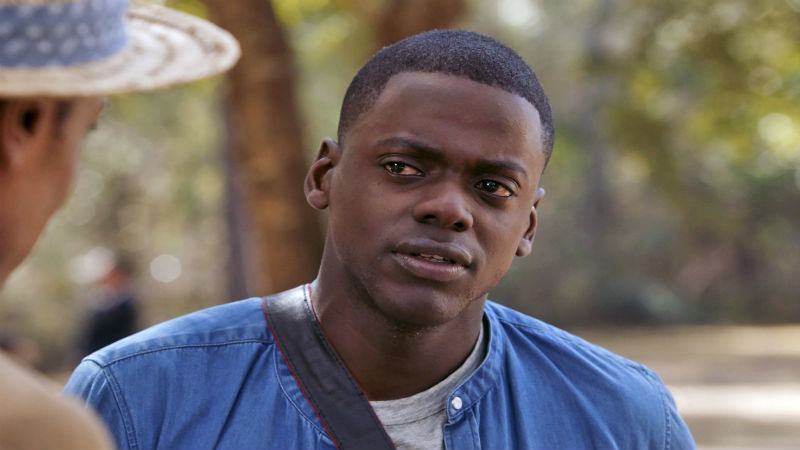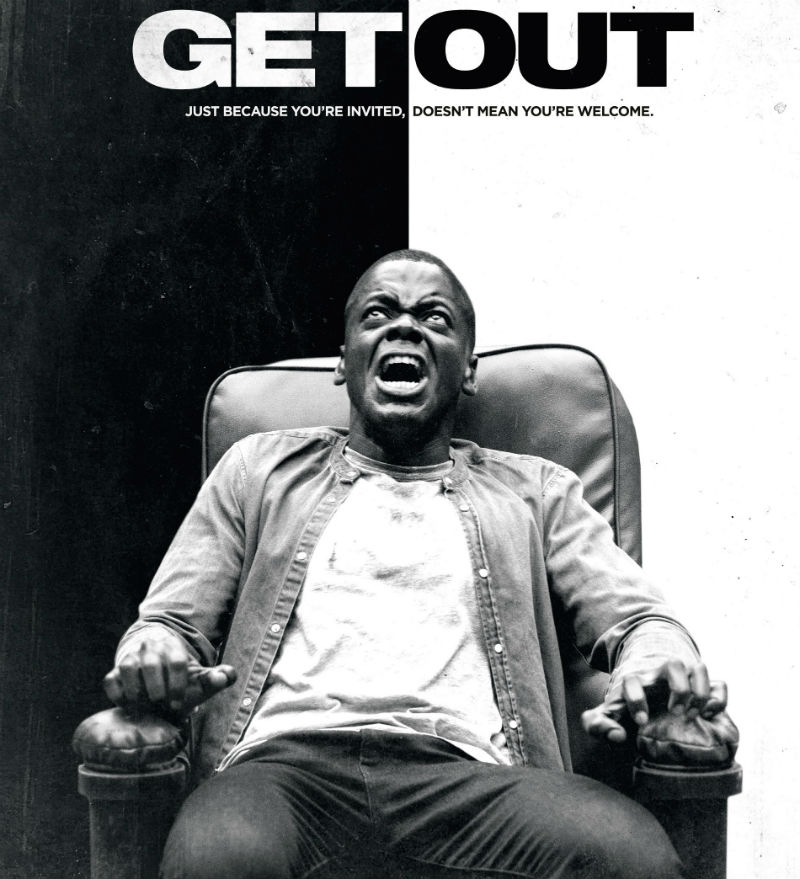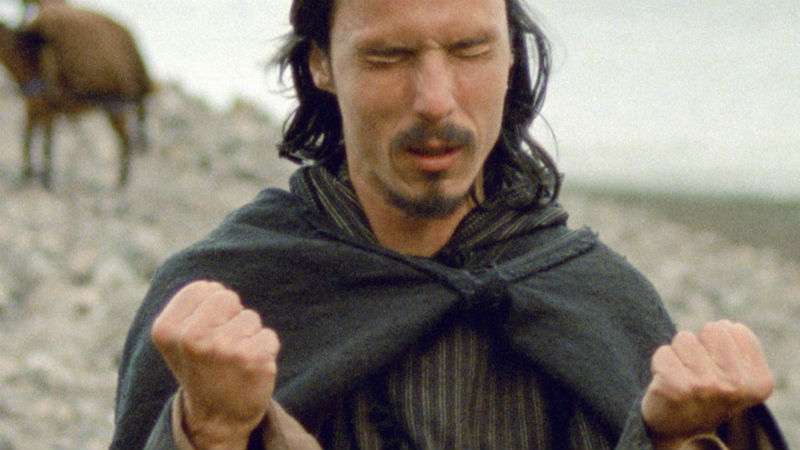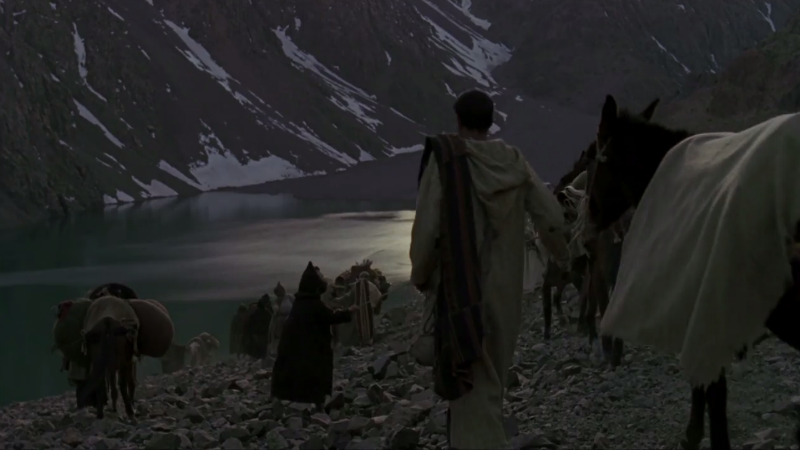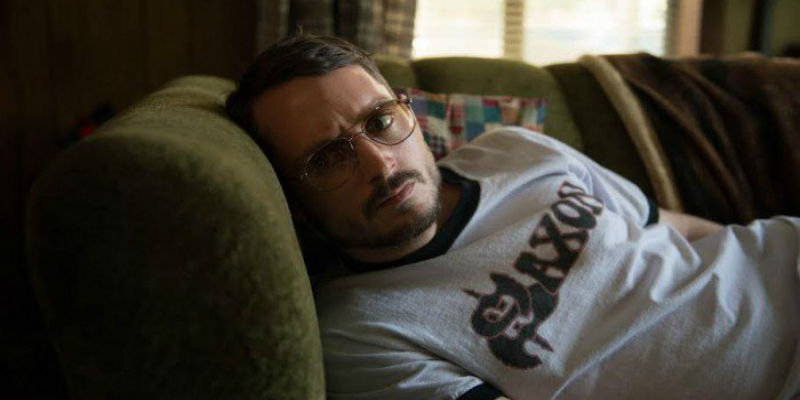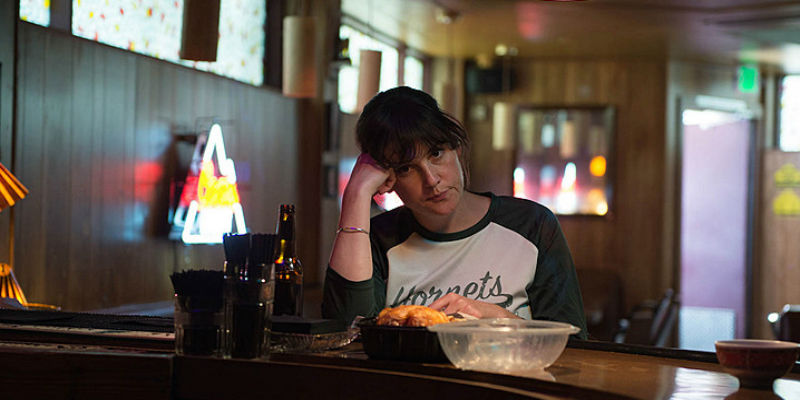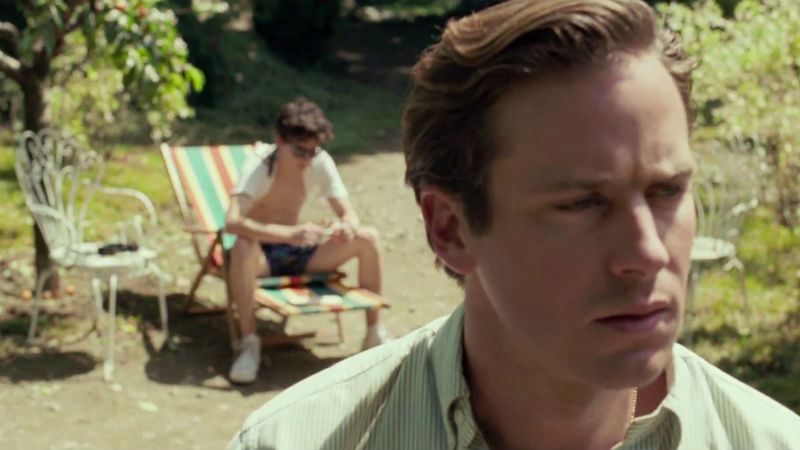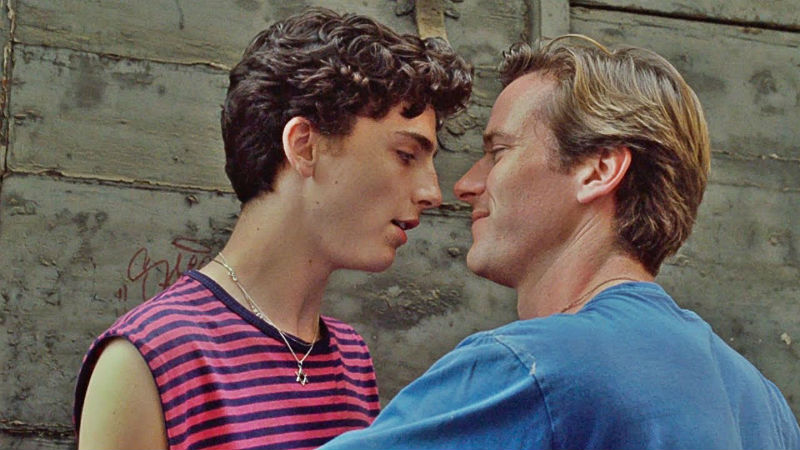The world-famous American actress and model Kristen Stewart has teamed up with the French filmmaker Olivier Assayas for the second time (after 2014’s Clouds of Sils Maria), now in a film with a peculiarly different premise. The helmer decided to focus on the subject of celebrity again, but this time moving from a Lesbian drama taking place in idyllic Switzerland to a ghost story set in a very urban Paris.
The big question of course is: how do you blend horror devices, which are meant to be jarring and unsettling, with a fashion environment, where beauty and splendour are meant to prevail? Assayas has set a very difficult quest upon himself, albeit not an impossible one. France does not a a strong and consistent tradition in the horror genre, and instead a few sporadic classics such as Les Diaboliques (Henri-Georges Clouzot, 1955) and Eyes without a Face (Georges Franju/Claude Sautet, 1960). So Assayas had to use his very own blueprint in order to come up with personal variant of French horror. The outcome has been very divisive: Assayas received the Best Director Ex-Aequo prize last year at Cannes Film Festival, but the film was also booed in the same event. Personal Shopper is indeed an audacious and creative pieces, but a number of flaws make it a little incoherent and difficult to engage with.
Maureen Cartwright (Stewart) is a young American working in Paris as a personal shopper for a celebrity called Keira (Nora von Walstatten). She has the ability to communicate with spirits, just like her recently deceased twin brother. She is now trying to communicate with her recently deceased twin brother, and it’s other ghosts that cross her path. She is determined, however, to remain in the French capital until she has spoken to her dead sibling. She begins to receive strangely ambiguous text messages on her telephone, from an unknown source. She travels to London for a work errand, but she’s consistently harassed by the stranger on the phone on her way there. Are the dead now able to communicate through 21st century technology, or is someone pulling a prank on Maureen?

The scares throughout the film are very sparse, maintain the “creepy-glam” atmosphere throughout. There are elements of erotica, paranormal activity, murder and fashion in this multi-flavoured film gumbo (or perhaps casserole?). But this multitude of genres and references make the film a little disjointed and fragmented, much like a broken mirror. For example, we never find out why Maureen is in Paris, what exactly happened to her brother and why the whole saga is in English. I wonder whether French nationalists were outraged at the absence of their own language, surely an American worker would working in Paris be expected to pick up French? Maybe Personal Shopper does not want to be perceived as French film at all, but instead as an international endeavour.
Aesthetically, the film is also very hybrid. Entities probably don’t care much about fashion (they always seem to wear the same attire, don’t they?), so the idea of them creeping into this plush and colourful world is a little preposterous. Some nicely timed flying objects and green ectoplasms will make you jump from your seat, but overall a feeling a awkwardness will linger, and the inevitable WTF will occasionally spring to mind. Assayas is a very talented and bold filmmaker, but he still has some edges to polish in this newly-created horror-fashion “genre”.
Personal Shopper was out in cinemas on Friday, March 17th (2017). On Disney + UK on Friday, July 22nd (2022). Also available on other platforms.









